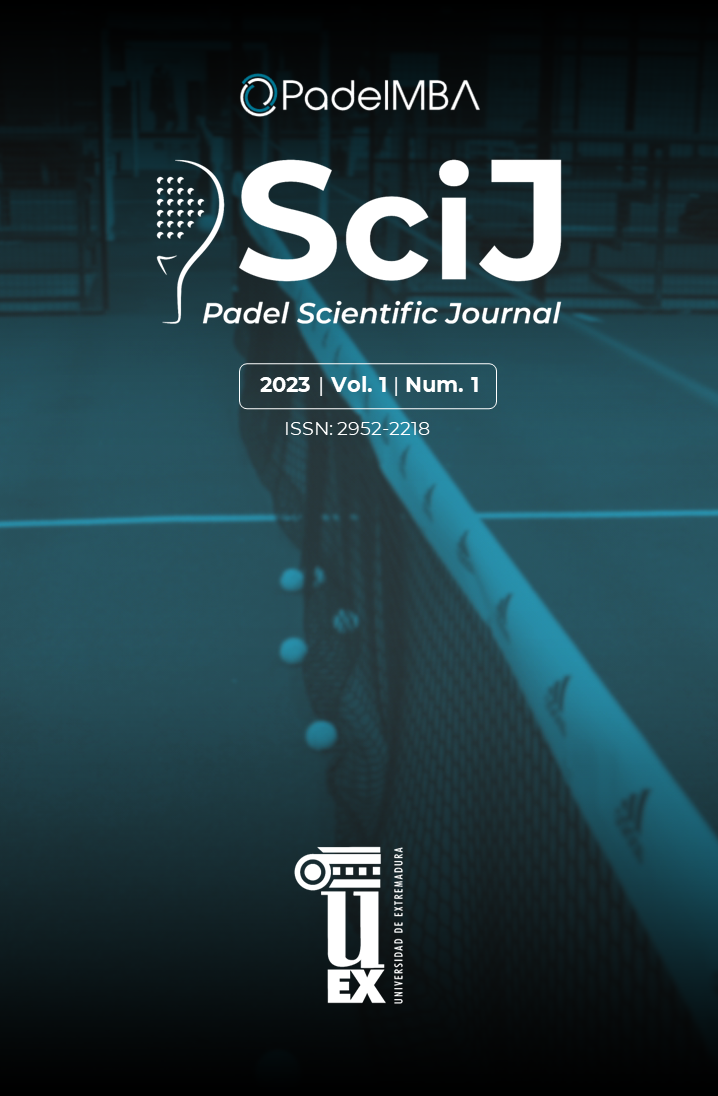How mentally fatiguing is play a semiprofessional padel competition? A study of gender differences
DOI:
https://doi.org/10.17398/2952-2218.1.7Palabras clave:
fatigue, motivation, psychology, recoveryResumen
Purpose: To quantify the evolution of mental fatigue during an official padel competition. Also, to test the influence of gender on mental fatigue, and the correlation between fatigue, effort perceptions and motivation. Method: Mental load and fatigue, motivation and ratio of perceived exertion of 18 semi-professional padel players (11 males, Mage = 33.68, SDage = 8.36, and 7 females, Mage = 30.70, SDage = 2.36) were quantified with Likert’s scales after three official matches. Repeated measures of ANOVA, with gender like a co-variable, pairwise comparisons when significance was detected and paired t-test when significance was not detected were performed. Pearson’s test was performed to clarify the relation between variables. Results: a significant main effect in repeated measures appear for mental fatigue, without gender differences (F = 8.85; p = .02 in males; F = 5.70; p = .03 in females). This main effect has not been observed for mental load (F = .08; p = .86 in males; F = .36; p = .71 in females) neither effort perception (F = .16; p = .83 in males; F = .43; p = .66 in females), in both genders. Bivariate correlations also suggested that higher levels of mental fatigue and motivation increase the effort perceptions. Conclusion: Play successive padel matches produces an accumulation of mental fatigue that increase the subjective feelings of mental fatigue. This only occurs between matches played the same day. Players with higher levels of motivation report higher effort perceptions. They might imply more resources during matches.













